Do you have a new camera and have no idea where to start with it? Have it always set to Auto? Me too! Well, that was before I attended an Olympus beginners’ photography workshop at the Problogger conference earlier this month.
Problogger PBEvent is the annual event where bloggers of all description converge to discuss blogging – and what an event it was! This year was my first PBEvent, and I learnt more (and was inspired more) in two and a half days that I ever thought possible. At the conference, Olympus held a number of photography workshops to help us bloggers improve our photography skills. I took the beginners’ course, and let me tell you it was an eye opener! I walked straight out of the workshop, turned my camera off auto and have not looked back. I now have the confidence to play around with the different functions and lighting, and have created some images I’m really proud of.
Today, I’ve put together my ten top tips to take your camera off auto – just a few things I learnt at the Olympus workshop. I have an Olympus Pen P-5 and most of these tips relate to that particular camera, however most cameras have these functions – you might need to just check the manual as to where they are located.
1. First step: Turn it off auto!
Firstly, turn your camera dial at the top to P. This is where you will be able to change the exposure compensation and the ISO. Don’t worry too much about what these terms mean yet – you will soon find out what they do.
2. Exposure compensation can make a difference.
Use your exposure compensation {the dial at the front of the camera on the Pen P-5} to find the best look for your photo. {On the Olympus Pen P-5 you can see the light changing live on the screen.}
A positive compensation (i.e +0.7) will make your shot look ethereal and is great for lighting both the foreground and background. I used this function taking an outfit shot at the beach. Usually it would be too light to take the photo with the beach behind the subject, however this turned out quite well. (It did help that it was an overcast day too, rather than full sun.)
3. Negative compensation = dramatic.
A negative compensation (i.e -0.7) will give a darker, more dramatic look. This is great for creating the true colour of black. You might find if you are taking a photo of something black on the auto function, the camera will automatically lighten the black and it will look grey or brown. By decreasing the compensation, you can achieve a truer black.
4. Stop using your flash.
Stop using the camera in flash – it is unflattering on people and can make your image look fake. If possible, use natural light at all times, and play around with the camera functions before you take the photo, to allow more light in.
5. ISO – what does it do?
The ISO function can assist when you need to take a photo in low light and it might be turning out blurry. ISO basically means how sensitive your camera is to the available light. Low ISO has low sensitivity and high ISO has high sensitivity. In low light situations, increasing the ISO can allow you to get away without flash, however it can leave the image grainy. {To get to the ISO function, turn dial at top of camera to P, click the OK button and scroll through until you get to ISO}. If the image is grainy in the ISO Auto function, decrease the ISO. Start at ISO 4000, then if still blurry go to ISO 3200 etc. A lower ISO can also lead to blurry images if the subject is moving, as the shutter moves slower. So, increase ISO when taking photos of fast moving subjects.
6. Use the rule of thirds!
I realised many of my photos had the subject in the centre. By moving your subject to sit along one of the third-lines, it leads the eye into the image and makes the photo more interesting to the viewer. Here’s an example of my before photo and and after photo. See how the photo of me standing off to the light and looking left is much more interesting to look at. (I’ve also edited the lighting, slightly, in the image on the right.)
{To add the guidelines to your camera screen, click Menu, then settings (the cogs), then guidelines and change it to the rule of thirds lines.}
7. Natural light and timing is important.
Use natural light to your advantage and experiment with different times of day when taking your photos. The ‘Golden Hour’ is magnificent for landscape photos or portraits – it is usually two hours after sunrise in winter and thirty minutes after sunrise in summer. The ‘Blue Hour’ is great for building shots or city landscapes – it is approximately thirty to ninety minutes after sunset.
8. Use the light.
If taking photos inside, move the subject to the most well lit room and if you can, try using a white sheet or curtains to diffuse the light (i.e make the light more even). You can also use a sheet of white card to deflect light if taking portraits. Experiment with the ISO and light compensation too.
9. Use a tripod.
A tripod is very useful for taking low-light shots as it keeps the camera steady and achieves a clean, low light shot. I use a tripod to take my outfit photos, and use the remote function with the Olympus camera app. I bought my tripod on eBay – it is a portable one that folds down to about 30cm long – it’s great for travelling.
10. FOCUS!
Focus points can be used to great affect when taking macro or portrait shots. The camera is usually set on auto focus or AF. You usually focus on the subject, then hold down the button half way before taking the photo {the focus point will show as a little square on screen}. In taking the photo of the coffee cup below, I played around with the focus point on the cup to achieve the best look. If the focus point is moving towards you (for example a person walking towards you) you might want go try fixing the focal point. To do this, click OK and then scroll through until you get to AF, then change it to C-AF. Touch your screen on the focal point and it will continue to focus on that point.
Bonus tip: if, like me, many of your photos are for Instagram (and you’d still like your photos to be square!), you can change the image to be square on the Olympus Pen P-5 quite easily. Turn dial at top to to P, click OK, then scroll through until you see the ratios come up. You will want to change it to 1:1 to get a square screen.
Of course, this is only the tip of the iceberg and I really recommend playing around with the functions and seeing what each one does. These are the first simple tricks I played around with, and I still have so much to learn. I recommend having a flick through the manual too.
Lastly, have fun! Photography should be fun, and playing around with the many functions your camera offers will only enhance your experience.
Do you have a digital SLR camera? Are you an Olympus user? Do you have any tips to share?

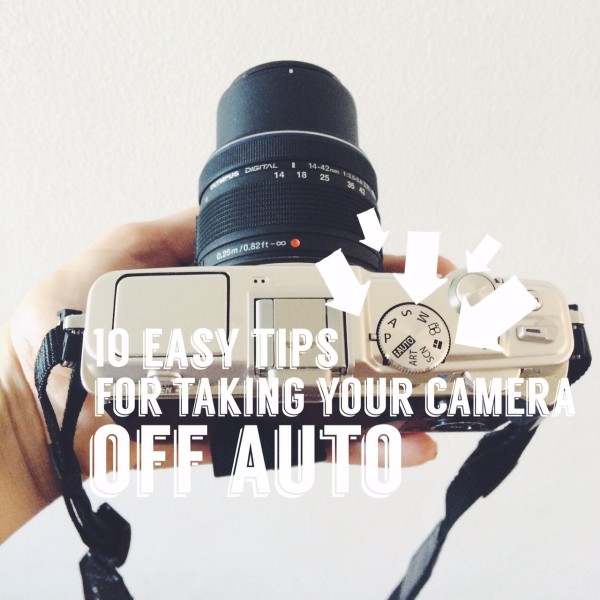

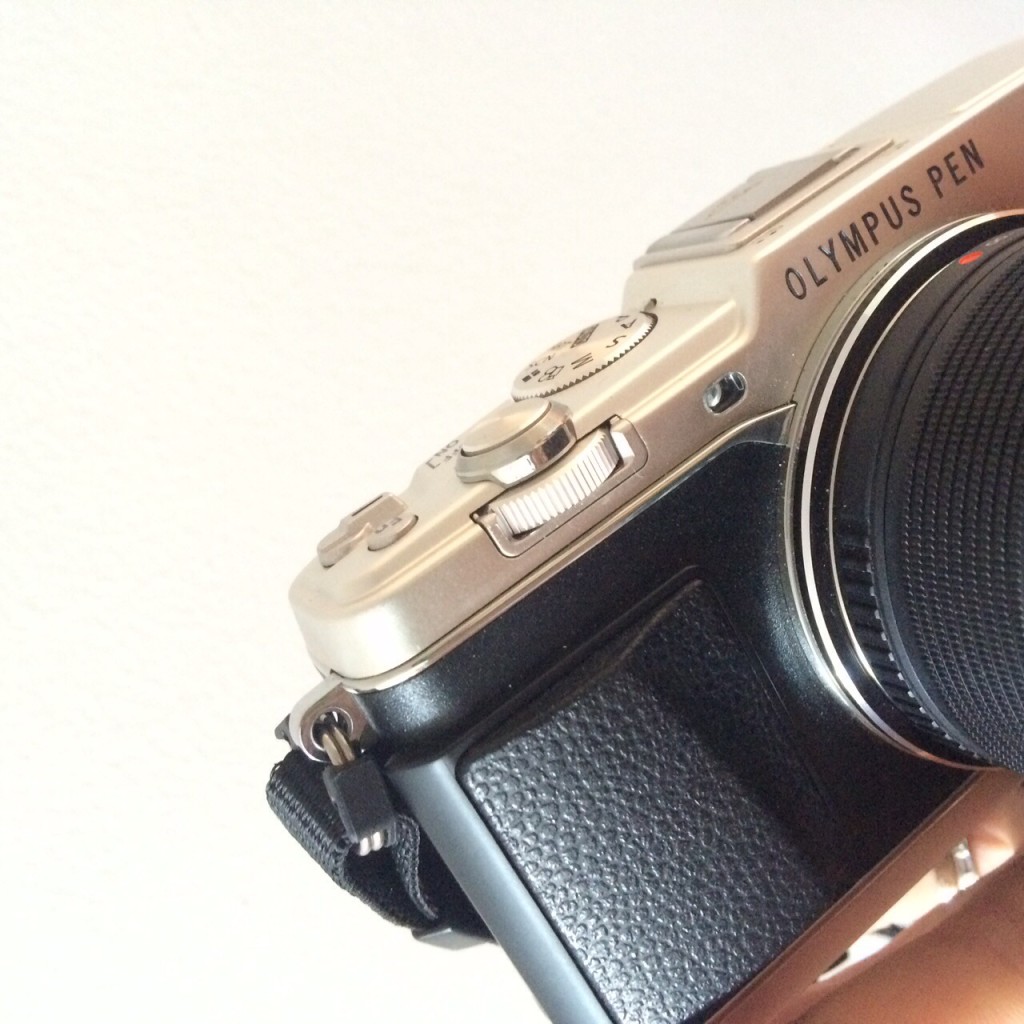
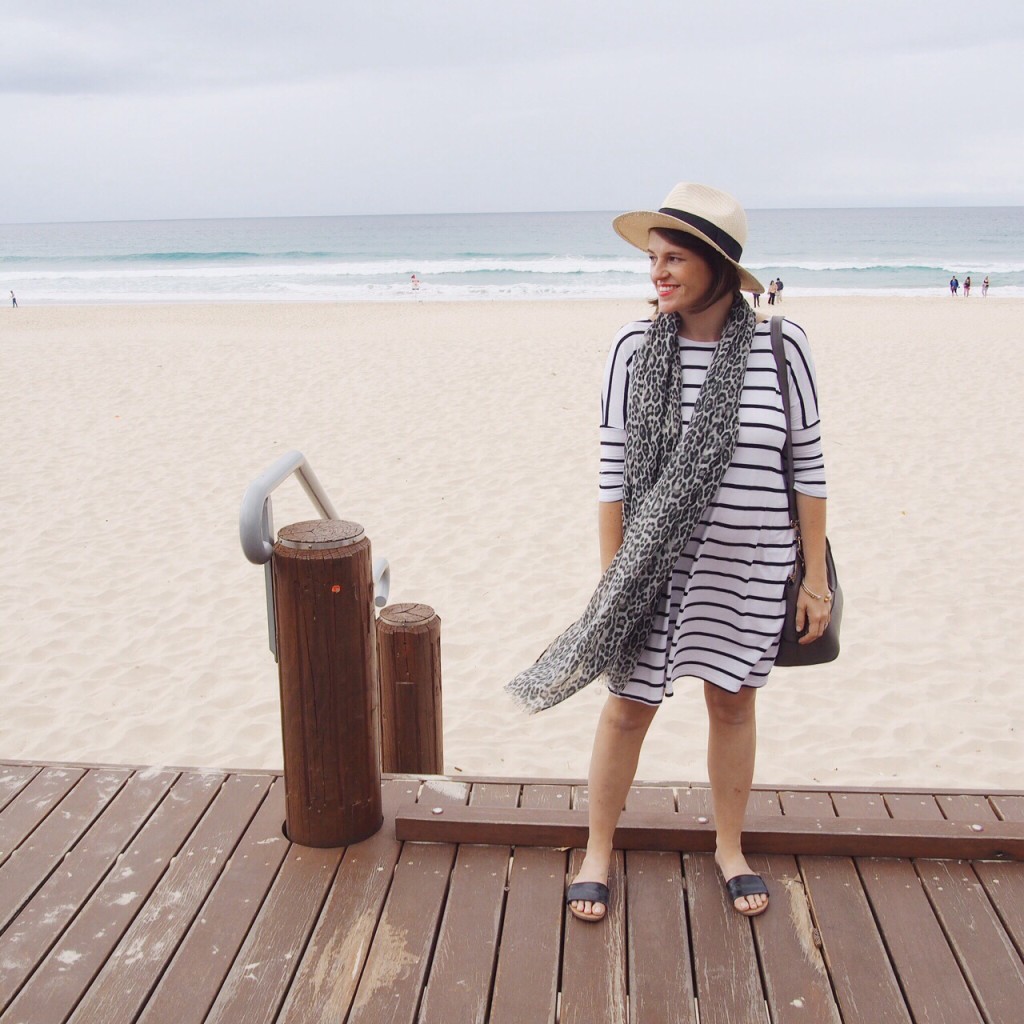
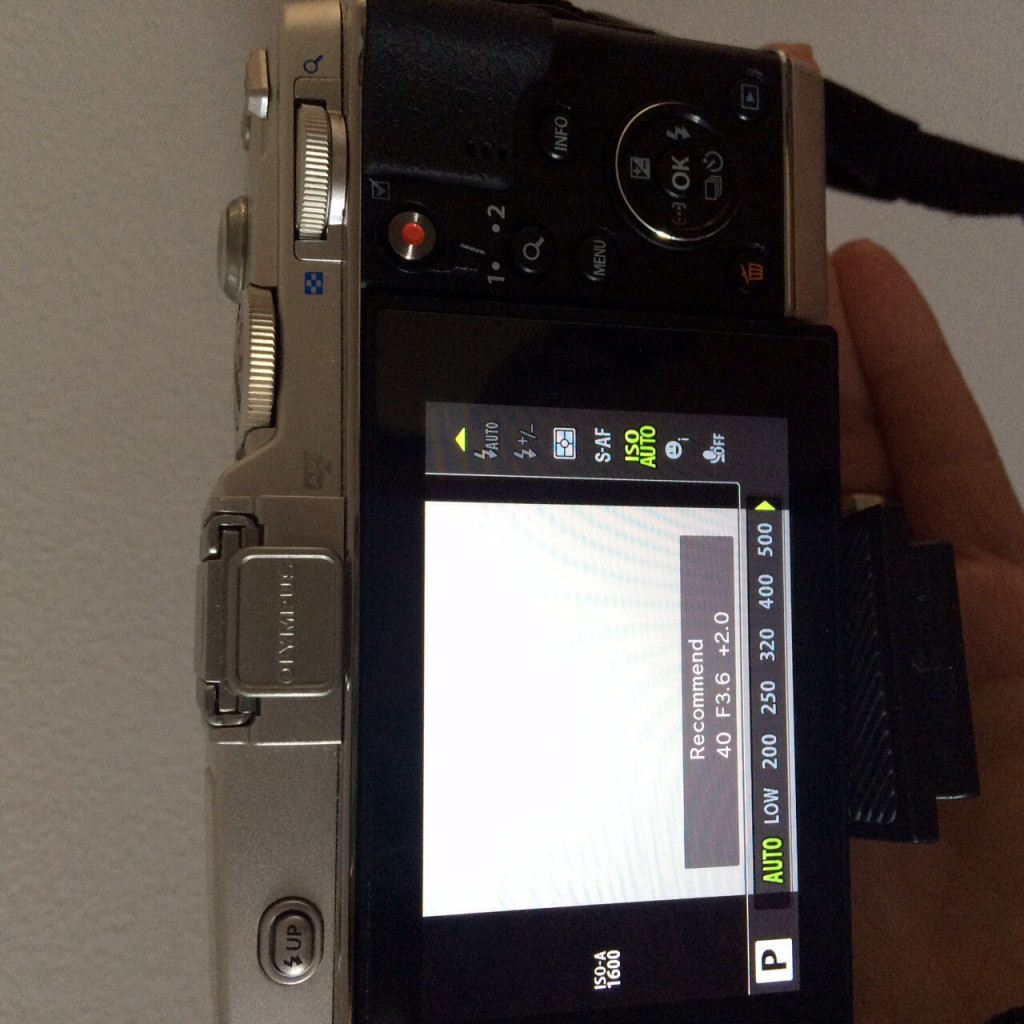
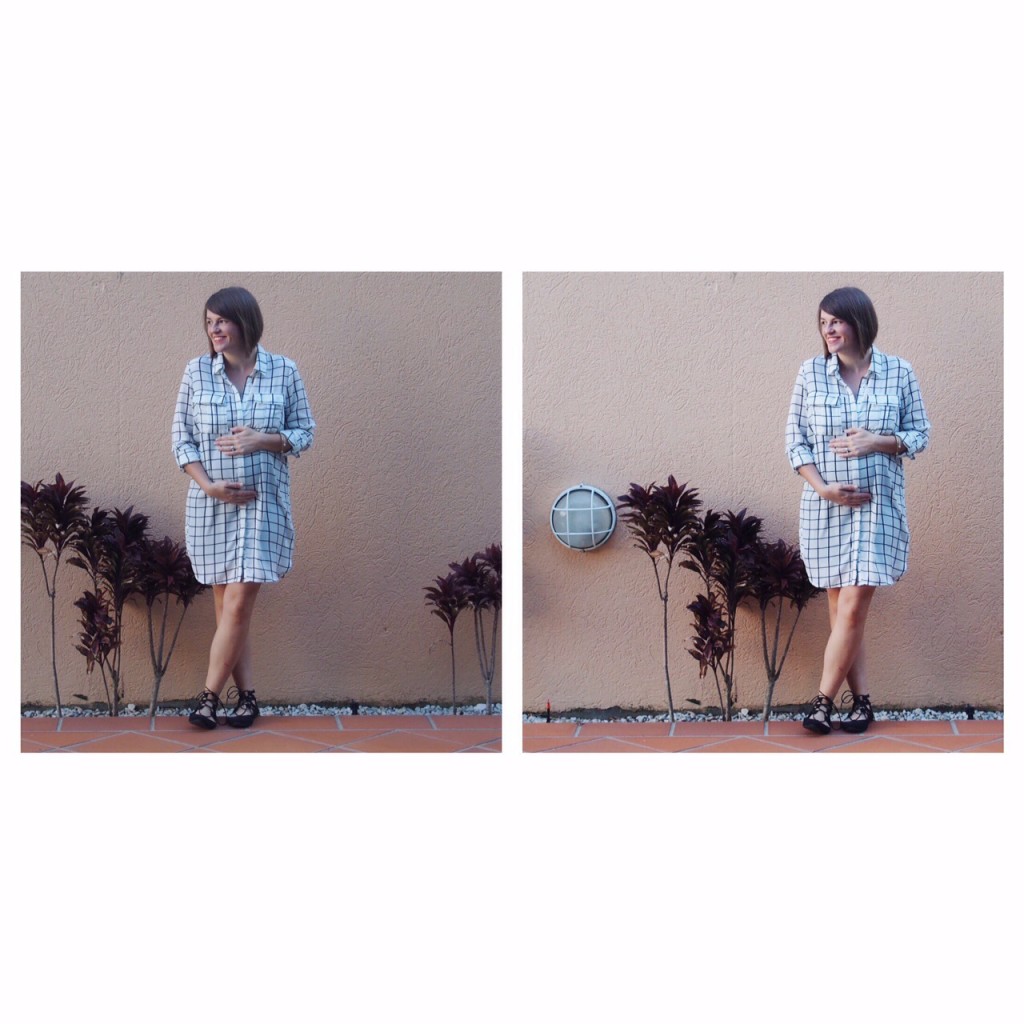
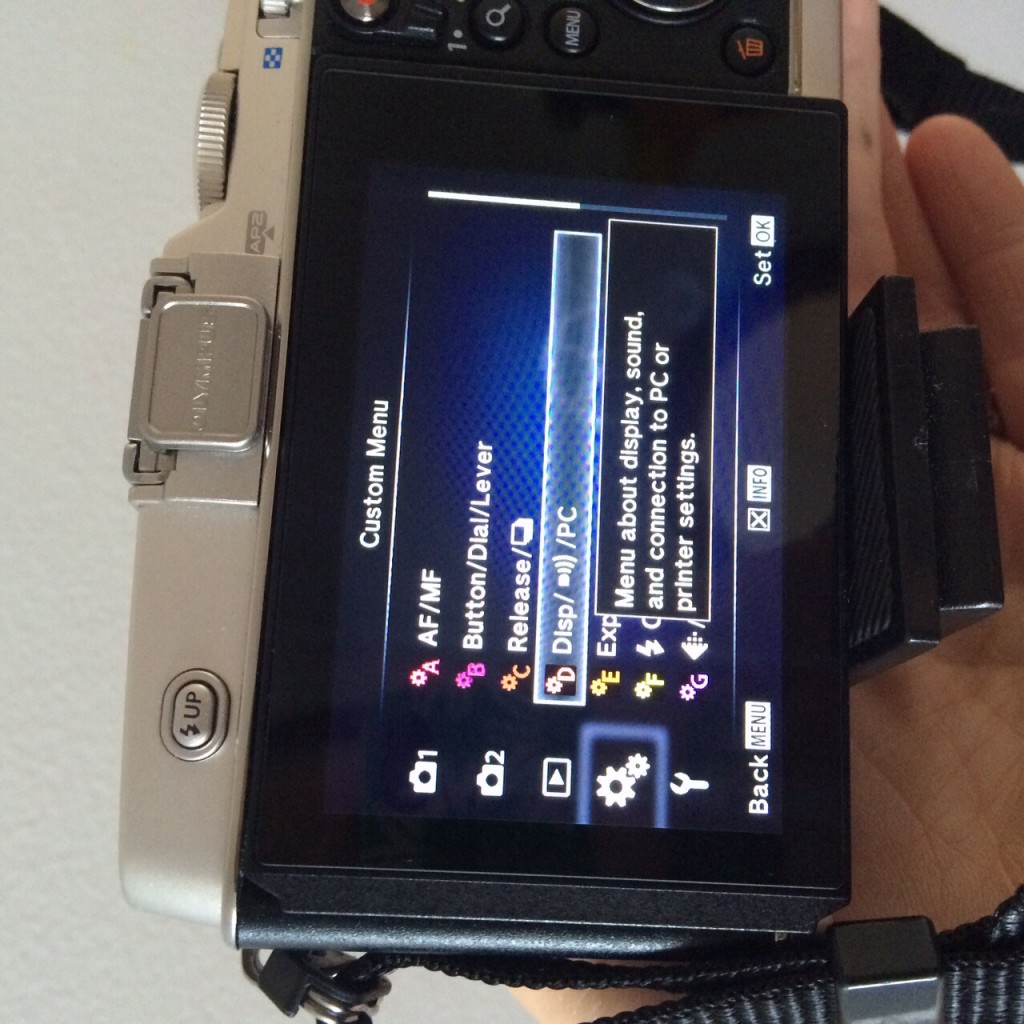
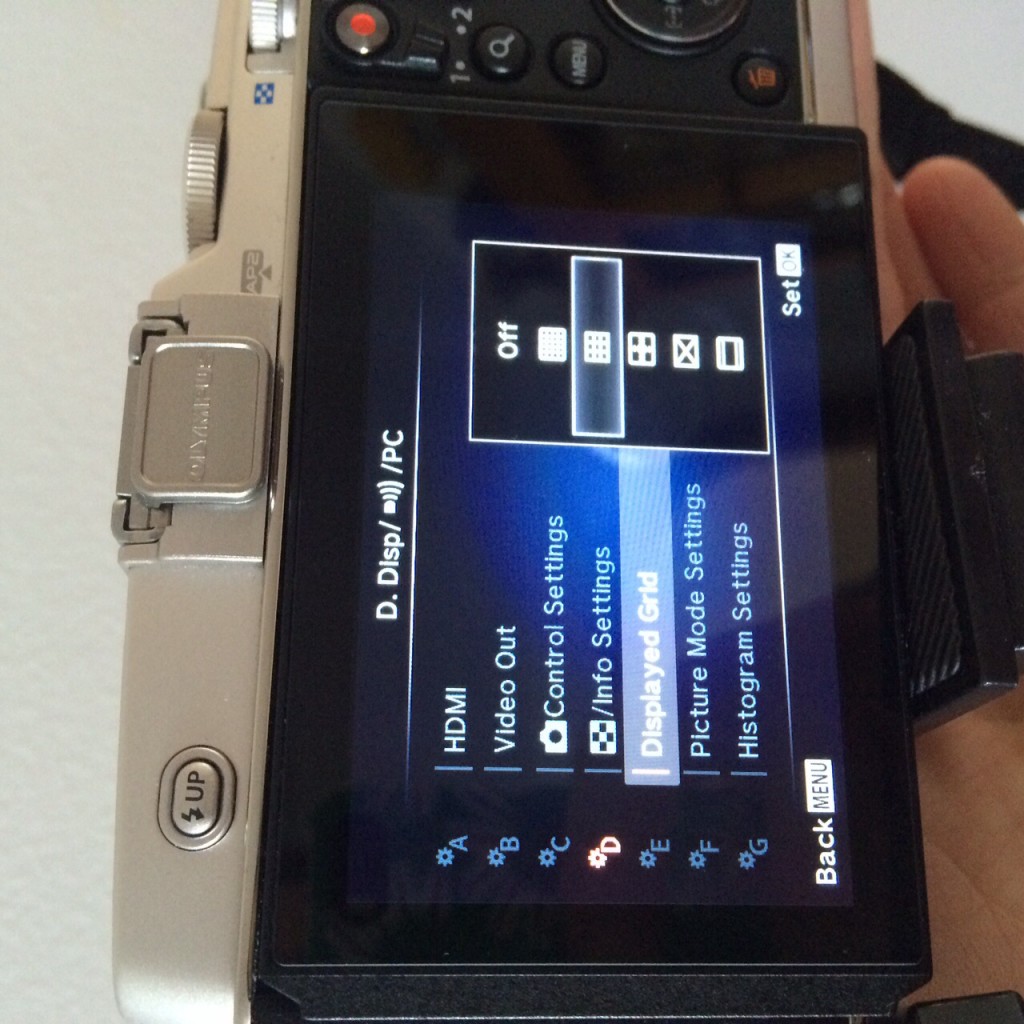
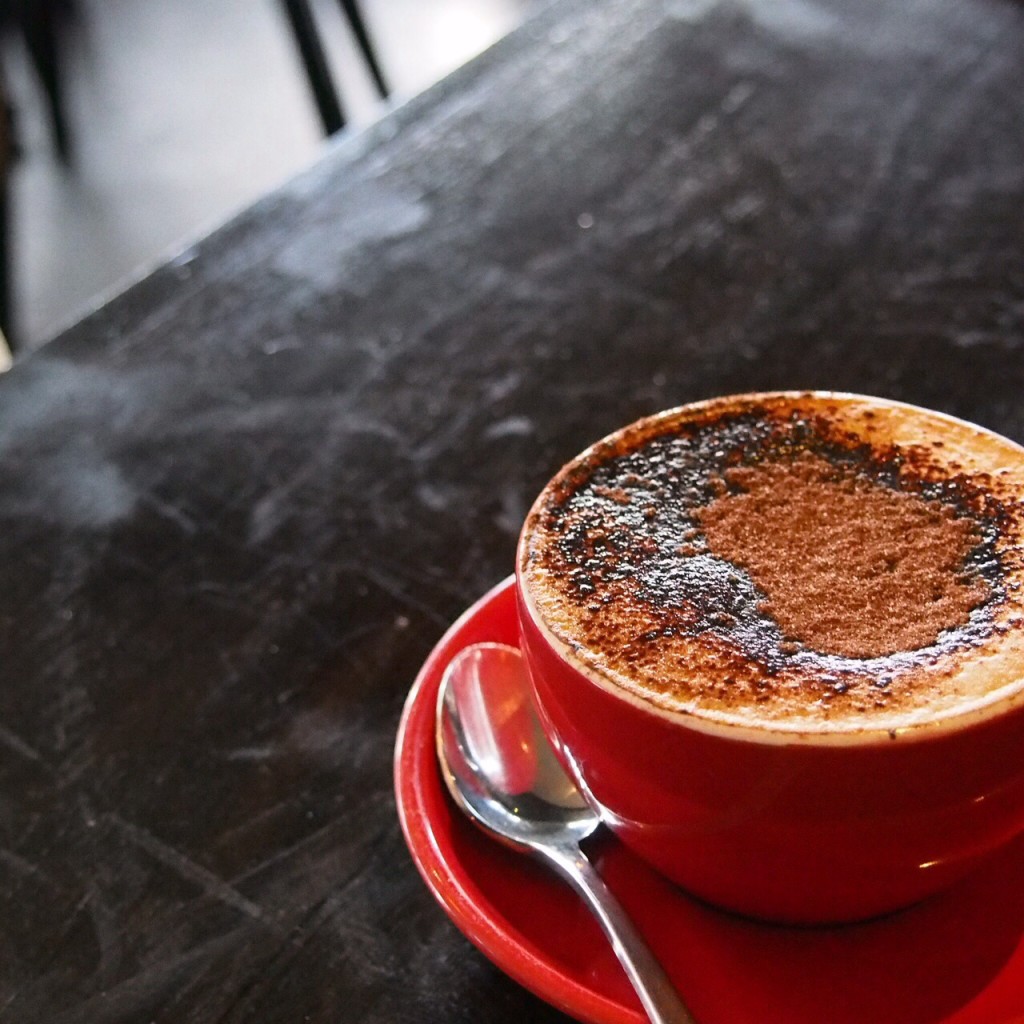
5 Comments
I used to have a DSLR and then recently bought the Olympus EM5 MkII. I’m still getting acquainted with it. Wish I was able to attend the Olympus workshops. I think I only saw about 3 of the sessions over the whole conference!
Thanks for your great tips. I didn’t know about the ‘Blue Hour’! I’m going to experiment and see what shots I can get of Boston next week. Great to hear you got so much out of the workshops.
September 5, 2015 at 7:48 amThanks Laney! Oh I loved the workshop and I love my new Olympus! So easy to use and fun to play with.
September 5, 2015 at 6:03 pmThis is great Jasmine! People keep telling me how easy it is to use the camera on manual, I’m just too scared!! I need to get out & practice before I need to actually use the shots under pressure!! I don’t have an Olympus, hubby just bought me a new Sony for my birthday but they all work on the same principles – excited to get out there & start experimenting!!! xx
September 6, 2015 at 3:27 pmThank you! Oh yes do get out an experiment – so much fun! X
September 7, 2015 at 9:55 pmI just got this camera! Totally overwhelmed by it. Great tips. Thank your Bron x
September 11, 2015 at 11:00 pm